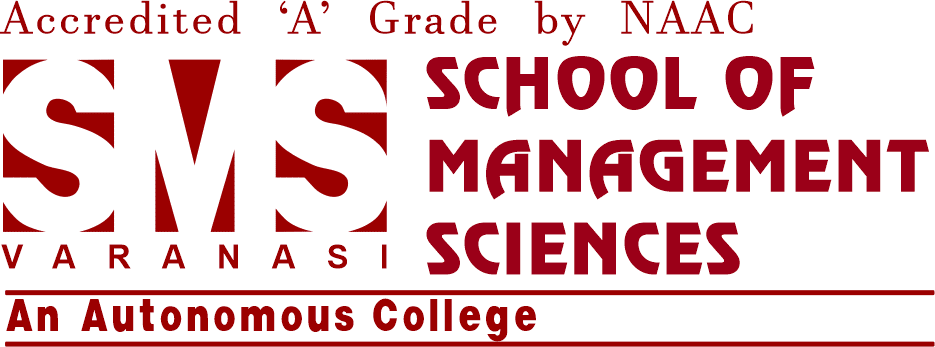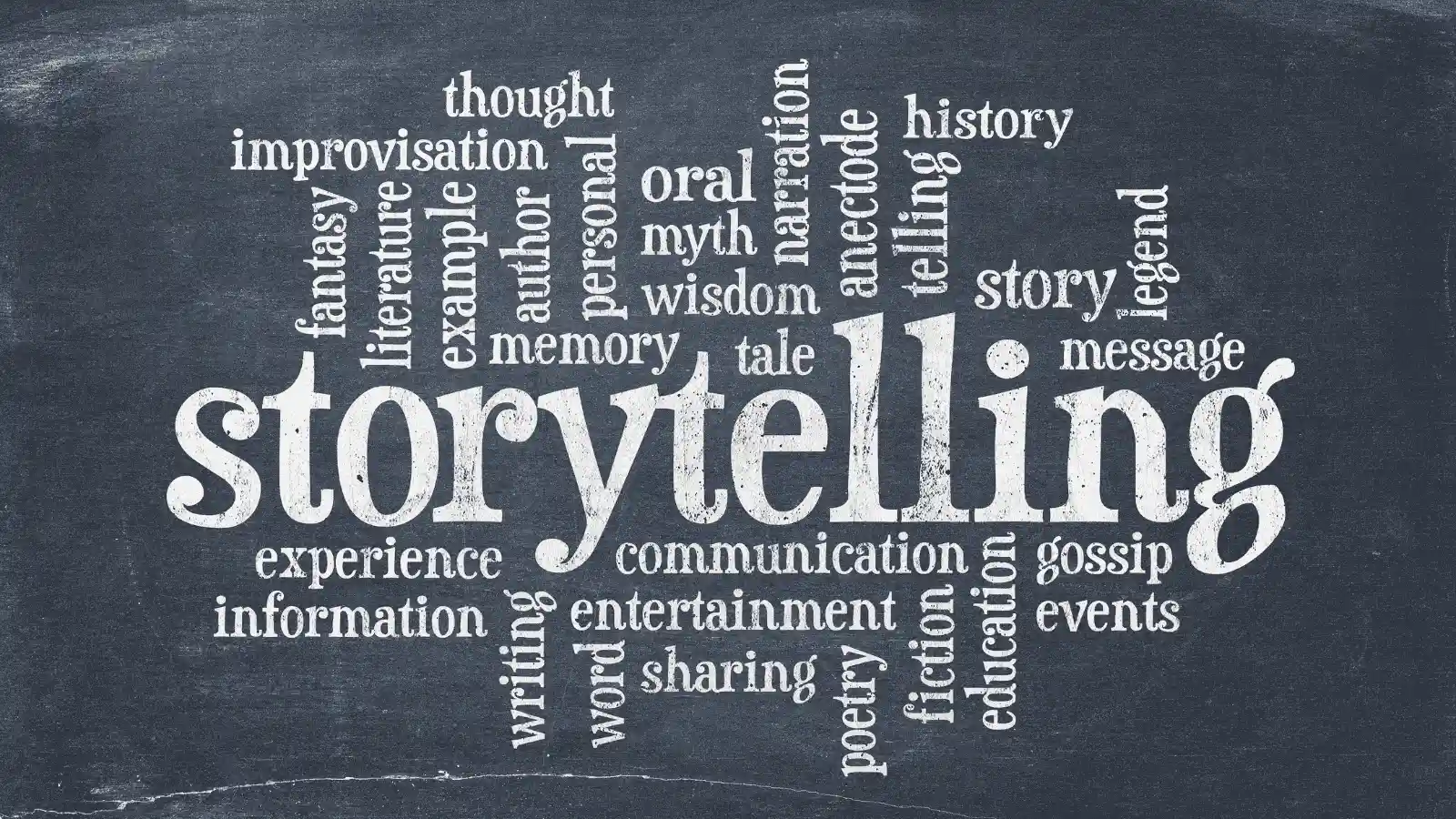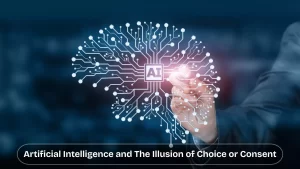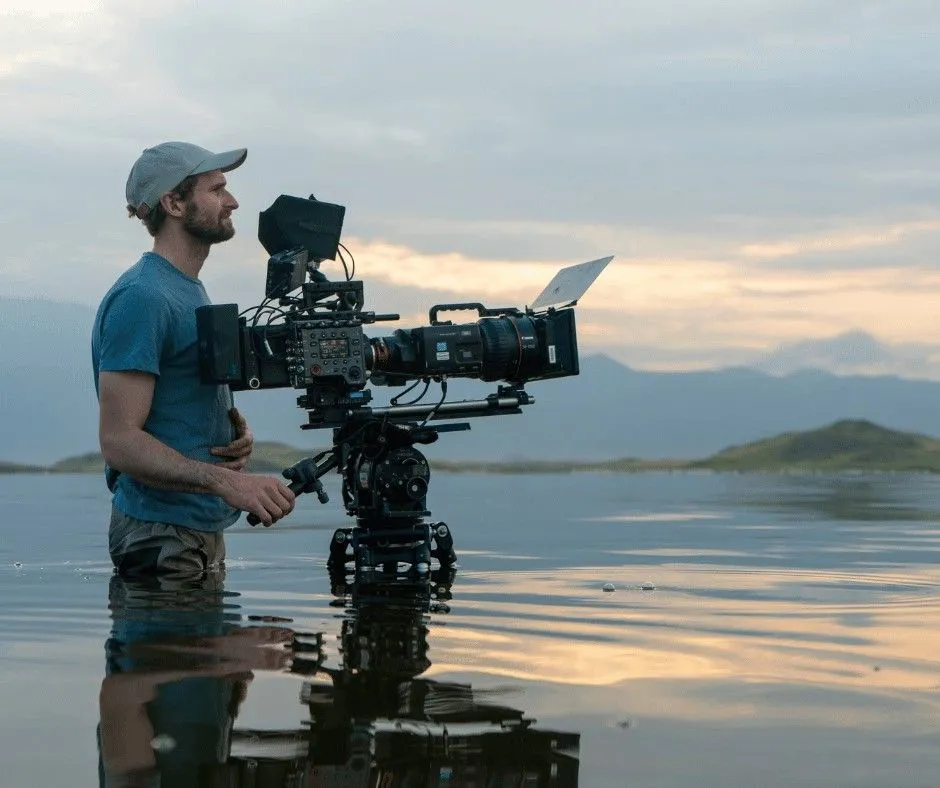
Storytelling in documentaries is a strong way to turn real-life facts into an interesting and emotional story. Instead of just giving information, filmmakers use documentary storytelling techniques like building characters, showing emotions, and adding suspense to keep the audience engaged.
By turning real events into a well-structured story, filmmakers make sure their message is easy to relate to and remember. These techniques are important for creating a good documentary because they help viewers connect with the topic on a deeper level, making complicated or boring content more engaging and meaningful through effective storytelling.
Understanding Documentary Storytelling Techniques
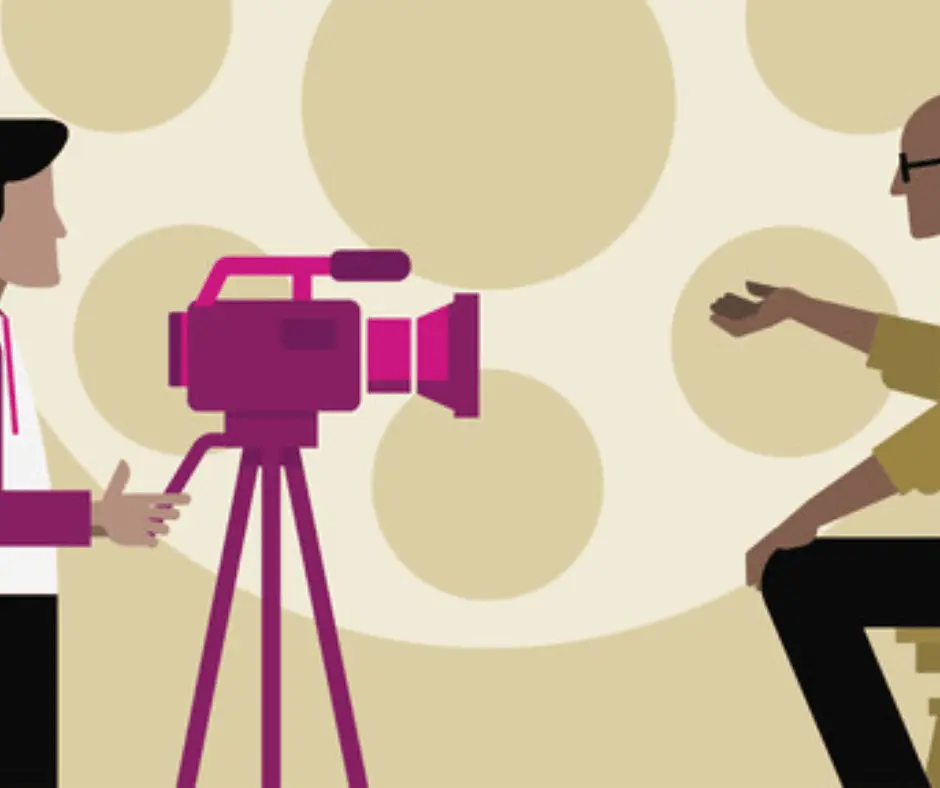
Storytelling in documentaries uses special methods to make real events, facts, or historical people into interesting stories. These methods include:
- building characters,
- creating emotional moments,
- following a clear story structure in documentary films,
- adding suspense, and
- using music and visuals.
These techniques make factual information more engaging and emotional, keeping viewers interested. By applying these methods, filmmakers can connect with the audience on a deeper level, making the documentary both informative and unforgettable.
Why are These Techniques Crucial for Creating a Good Documentary?
Documentary storytelling techniques are very important for making a good documentary because they turn basic facts into a story that grabs the audience’s attention. Without these techniques, the film might feel boring or dull.
Here’s why they matter:
- Keeping the Audience Interested: Techniques like character development and emotional arcs help viewers stay connected. For example, when a documentary follows a person’s real-life struggles, the audience cares more about the outcome.
- Making Complex Topics Clear: A well-organised story helps explain difficult topics, like legal issues or environmental problems. Breaking these topics into smaller, clear parts makes them easier to understand.
- Creating Emotional Impact: Effective storytelling for documentaries uses emotions like empathy, urgency, or hope to connect with the audience. Personal stories make bigger issues feel more real and relatable.
- Making It Unforgettable: Creating a good documentary involves using strong storytelling techniques that make the film memorable. By combining visuals with an emotional story, the filmmaker ensures the message leaves a lasting impression.
In short, these techniques are essential for effective storytelling in documentaries, helping create thought-provoking films that engage and inspire viewers.
Building the Story Structure in Documentary Films

Story structure in documentary films means organising the film’s story in a clear order, usually with a beginning, middle, and end. This structure helps guide viewers through the story in a logical and interesting way.
A good story structure in documentary films keeps the audience focused and helps them understand and follow complex information, while staying emotionally connected to the film’s topic.
How Story Structure Guides Narrative Flow?
- Establishes a Clear Starting Point: The beginning sets the stage by introducing the audience to the subject, setting, and key characters. It often raises a central question or conflict that drives the narrative. For example, in “Jiro Dreams of Sushi”, the film introduces Jiro Ono’s pursuit of perfection, establishing the core theme.
- Builds Tension and Complexity: The middle deepens the narrative by presenting challenges or conflicts, keeping the audience engaged through emotional highs and lows. For example, in “13th”, the documentary explores the complexities of systemic racism, building tension as it reveals the entanglement of mass incarceration with racial history.
- Offers Resolution or Insight: The end provides closure, offering solutions, answers, or reflections on the central theme. For example, in “Before the Flood”, the film concludes with insights on climate change solutions, encouraging action.
By following a structured narrative, the story structure in documentary films transforms raw footage into a cohesive, compelling narrative, keeping viewers intrigued from start to finish.
Crafting Emotional Engagement Through Storytelling in Documentaries
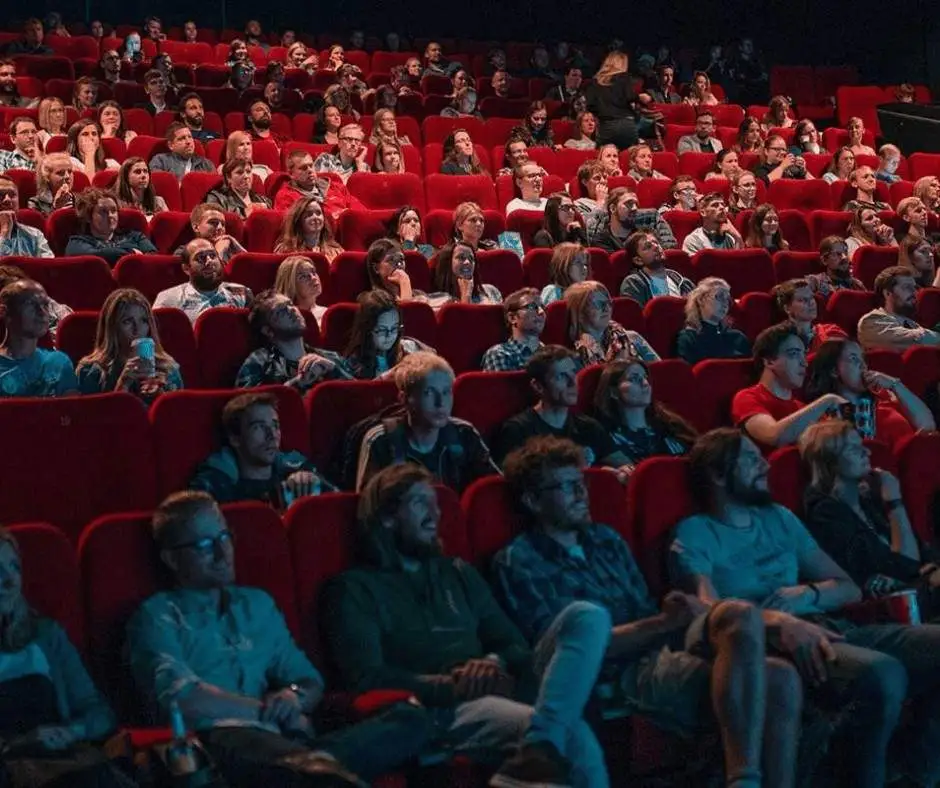
Emotional connections are central to effective storytelling for documentaries, as they transform factual content into relatable and engaging narratives. Empathy helps viewers connect with the characters or issues presented, humanising real-life stories.
By creating emotional arcs, filmmakers guide audiences through highs and lows, keeping them invested in the narrative. This emotional pull not only informs but drives viewers to reflect or act on the issues raised, turning a documentary into a call for change.
Indian filmmakers often use documentary storytelling techniques to build empathy and emotion. In “Daughters of Mother India”, Vibha Bakshi highlights rape survivors’ emotional journeys, making the issue of women’s safety deeply personal. Similarly, “The World Before Her” contrasts two women’s lives, one participating in Miss India pageant and one training for Durga Vahini, using their personal struggles to evoke empathy and reflect on societal pressures.
Personal stories are key to creating a good documentary. In “Killing Veerappan”, personal perspectives from law enforcement officers and villagers involved in his manhunt bring emotional depth to the narrative. These stories humanise the facts, turning abstract issues into relatable experiences.
By using documentary storytelling techniques like character development, emotional arcs, and story structure in documentary films, filmmakers create powerful narratives that resonate with audiences long after the film ends.
Creating a Good Documentary: The Role of Visual and Audio Elements
The combination of visuals, interviews, and archival footage is essential in enhancing documentary storytelling techniques, bringing depth and emotional resonance to the narrative. These elements work together to craft a multi-layered experience that makes the story more engaging and impactful for viewers.
- Visuals: Carefully chosen visuals, like on-location shots and creative cinematography, convey the emotional tone and atmosphere, helping illustrate abstract or complex ideas. For example, sweeping landscapes in environmental documentaries evoke emotions of awe or urgency.
- Interviews: Personal interviews provide authenticity and a human connection to the narrative. Whether from experts or witnesses, these interviews add credibility, allowing the audience to engage with personal experiences.
- Archival Footage: Archival footage offers historical context and enhances authenticity, often illustrating key moments. This enriches the narrative, making it more concrete and trustworthy by visually connecting the past to the present.
These elements support the story structure in documentary films by creating a seamless flow, ensuring viewers remain engaged. Visuals set the scene, interviews add emotional depth, and archival footage grounds the documentary in reality. Together, they form a cohesive and immersive narrative that ensures effective storytelling for documentaries.
Effective Storytelling for Documentaries: Common Mistakes to Avoid
Effective storytelling for documentaries requires careful attention to certain key elements, but there are common mistakes that can hinder the impact of a film.
- One of the most significant errors is overloading the narrative with facts. While information is essential, an excess of dry data can overwhelm viewers, making it difficult for them to connect emotionally. Instead, documentary storytelling techniques should balance facts with personal stories and emotions to keep the audience engaged.
- Another mistake is using overly complex story structure in documentary films. A confusing structure can cause the audience to lose focus and detract from the documentary’s message. To avoid this, filmmakers should craft a clear beginning, middle, and end, ensuring that the narrative flows smoothly and logically.
- Additionally, neglecting character development or emotional arcs can result in a flat story. Strong characters and relatable emotions are key to creating a good documentary that resonates with viewers.
- Finally, poor pacing can also disrupt storytelling in documentaries. Rushed or dragging sequences may leave audiences disengaged. Filmmakers should ensure that the pacing maintains momentum while allowing room for emotional reflection.
By avoiding these pitfalls, filmmakers can enhance the effectiveness of their documentary storytelling techniques and produce compelling, impactful narratives.
Conclusion: Mastering Documentary Storytelling Techniques
Documentary storytelling techniques are crucial for transforming factual content into an engaging, emotionally resonant narrative. By weaving real-life events with character development, emotional arcs, and a clear story structure in documentary films, filmmakers can create a compelling and relatable story that captivates audiences.
These techniques are essential for creating a good documentary, as they elevate complex or dry topics into immersive experiences. Effective storytelling for documentaries ensures that the message not only informs but deeply connects with viewers, leaving a lasting impact and driving engagement long after the film ends.
